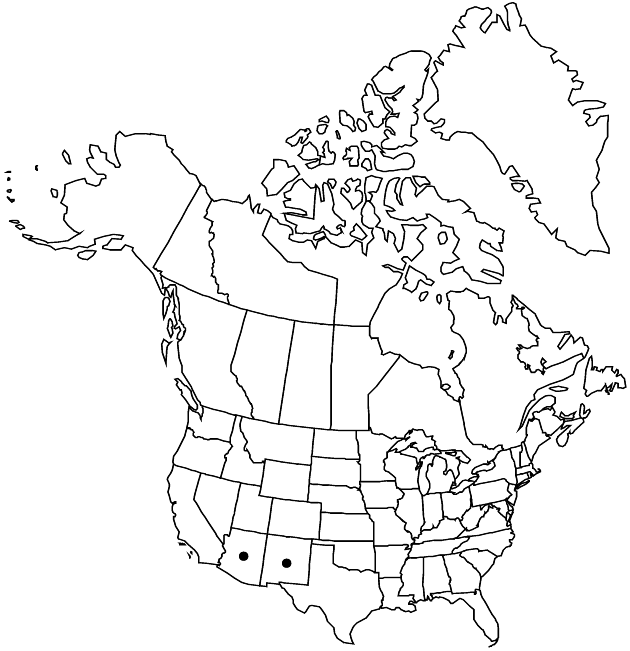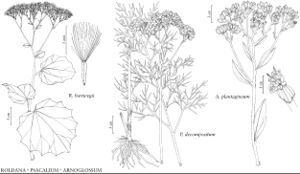Difference between revisions of "Roldana hartwegii"
Phytologia 27: 420. 1974.
Basionym: Senecio hartwegii Bentham Pl. Hartw., 18. 1839 (as hartwegi)
Treatment appears in FNA Volume 20. Treatment on page 621.
FNA>Volume Importer |
FNA>Volume Importer |
||
| Line 7: | Line 7: | ||
|year=1974 | |year=1974 | ||
}} | }} | ||
| − | |basionyms={{Treatment/ID/ | + | |basionyms={{Treatment/ID/Basionym |
|name=Senecio hartwegii | |name=Senecio hartwegii | ||
|authority=Bentham | |authority=Bentham | ||
| + | |publication_title=Pl. Hartw., | ||
| + | |publication_place=18. 1839 (as hartwegi) | ||
}} | }} | ||
|synonyms= | |synonyms= | ||
| Line 49: | Line 51: | ||
|publication year=1974 | |publication year=1974 | ||
|special status= | |special status= | ||
| − | |source xml=https://jpend@bitbucket.org/aafc-mbb/fna-data-curation.git/src/ | + | |source xml=https://jpend@bitbucket.org/aafc-mbb/fna-data-curation.git/src/f6b125a955440c0872999024f038d74684f65921/coarse_grained_fna_xml/V19-20-21/V20_1392.xml |
|tribe=Asteraceae tribe Senecioneae | |tribe=Asteraceae tribe Senecioneae | ||
|genus=Roldana | |genus=Roldana | ||
Revision as of 19:41, 24 September 2019
Stems often marked with purplish spots or striae. Leaves: petioles mostly 3–7 cm; blades (ultimate venation raised and finely reticulate) mostly 10–20 × 10–20 cm (smaller distally), bases cordate to truncate, faces sometimes initially sparsely hirsute (only bases of hairs remaining at flowering). Phyllaries mostly 4–6 mm. Ray corolla laminae mostly 3–4 × 1.5–2 mm. Disc corollas 6–8 mm, tubes usually glandular-puberulent. Cypselae (1–)2.5 mm; pappi 4–6 mm. 2n = 60.
Phenology: Flowering late summer–fall.
Habitat: Pine-oak forests, waste places, roadsides
Elevation: 1200–1800 m
Distribution

Ariz., N.Mex., Mexico.
Discussion
Selected References
None.
Lower Taxa
None.
